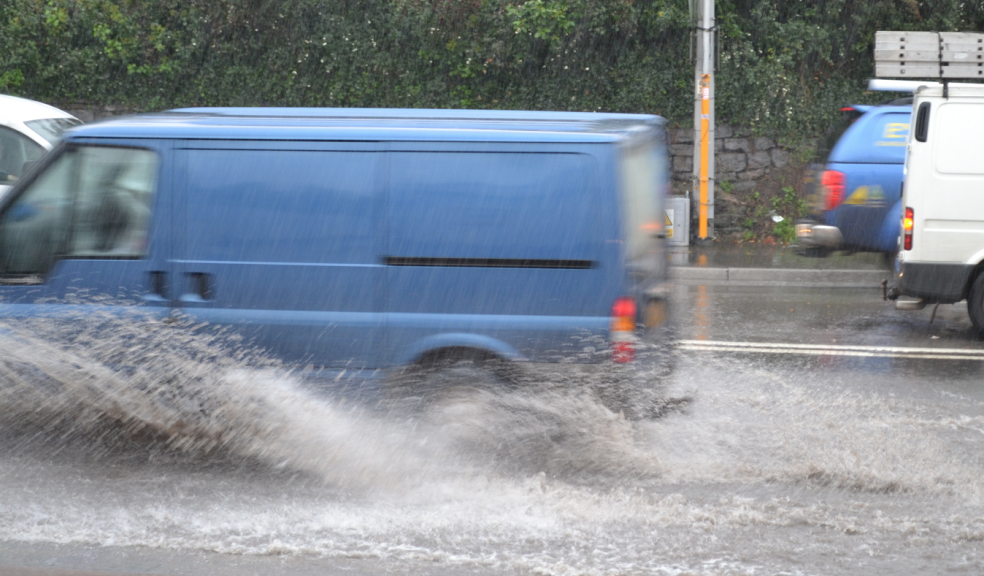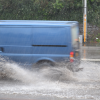
Warning to drivers after downpours
The AA today warned that driving in wet conditions can be hazardous and even those with local knowledge can be caught out during heavy downpours.
Standing water creates a potential aquaplaning hazard as well as reducing visibility.
Take it easy through standing water and if the steering does become unresponsive due to the rain, ease off the accelerator and slow down gradually.
Only attempt to drive through flood water if you know it's not too deep and maintain a steady, slow speed to avoid creating a bow wave. The air intake on many cars is low down at the front and just an egg cupful of water in the combustion chamber is enough to wreck an engine.
Water doesn't compress and the piston in effect hits a wall, bending or breaking a con rod. Driving fast - even if the intake's above the water level - could cause water to be ingested.
If you break down in heavy rain don't prop the bonnet open while you wait for the patrol to arrive. The engine will be more difficult to start again if the electrics are all rain-soaked.
In heavy rain
You must use headlights when visibility is seriously reduced - generally when you cannot see for more than 100 metres (328 feet)(Highway Code).
You may use front or rear fog lights but you MUST switch them off when visibility improves (Highway Code).
Improve vision in wet weather by renewing windscreen wipers if worn or damaged.
Stopping distances increase on wet roads. Double the distance you leave between you and the car in front.
If steering becomes unresponsive due to the rain, ease off the accelerator and slow down gradually.
Floods and standing water
Don't enter flood water that is moving or more than 10cm (4 inches) deep.
Allow oncoming traffic to pass first and drive slowly and steadily to avoid creating a bow wave. Test your brakes as soon as you can after leaving the water.
Don't try driving through fast-moving water, such as at a flooded bridge approach – your car could easily be swept away.
Slow down and try to avoid standing water if you can.
Driving fast through standing water is:
dangerous - tyres lose contact with the road and you lose steering control in what's known as 'aquaplaning'. If you do experience aquaplaning, hold the steering wheel lightly and lift off the throttle until the tyres regain grip.
inconsiderate - driving through water at speeds above a slow crawl throws water onto pavements, soaking pedestrians or cyclists. You could face a hefty fine and 3-9 points if the police believe you were driving without reasonable consideration for other road users.
expensive - the air intake on many cars is low down at the front of the engine bay and it only takes a small quantity of water sucked into the engine to cause serious damage. All engines are affected but turbo-charged and diesel engines are most vulnerable.
As you drive slowly through standing water, use a low gear so the engine rev's are higher; water in the exhaust could otherwise damage the catalytic convertor.
Fords
Don’t assume that a ford is always safe to cross just because the road goes into the river on one side and comes out on the other. The depth of the water at a ford, and its flow rate, will change with the weather.

















